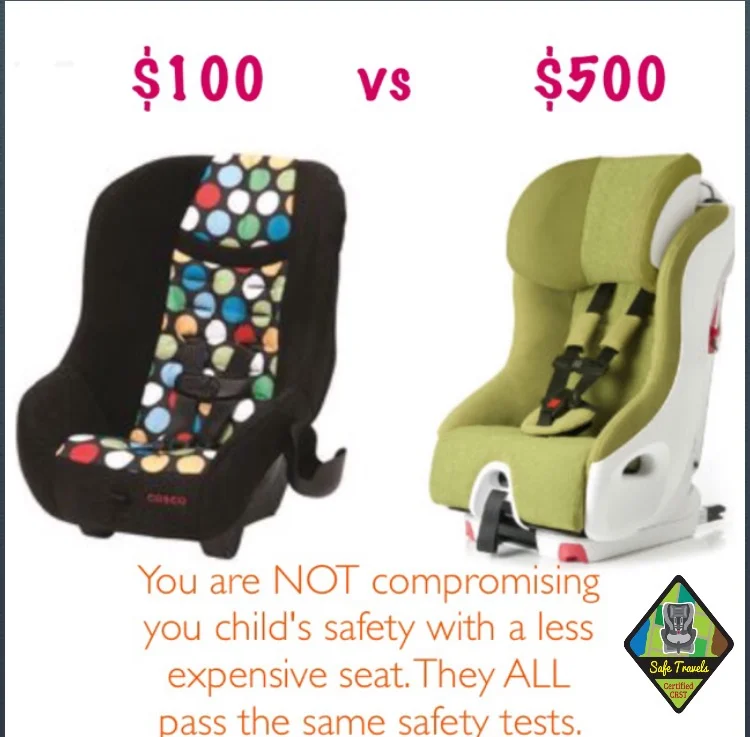Let's Talk Rear Facing
I know you've heard it, you've maybe researched it, maybe you have an extended rear facer in your vehicle, but let's talk about why rear facing beyond the legal minimums is recommended.
Rear facing keeps kids safer and this is something we know for sure. It's not a choice based on your parenting style, it's a scientific fact. Most of the data we have on rear facing is on children up to the age of 2 but people are starting to rear face beyond that (there are lots of seats that will do that now!) and hopefully we will have new data now.
First, the physiological reason..Toddlers are not just small adults; their bodies are different. They still have lots of developing and developmental changes to go through and that makes them more vulnerable than an adult. A toddler’s vertebrae are connected by cartilage rather than ossified bone. Those connections are slowly closing over time as the child grows. According to research, the first to close is the C3, second is the axis, and third is the atlas (I know, I know! Stay with me, it will all tie up nicely in the end).
The older a child gets, the more time their spinal column has to strengthen and the reality is the longer, the better. A study published by the Association for the Advancement of Automotive Medicine indicates that there are primary and secondary closures of each vertebrae and that primary closure of C3 is 50% likely by age 2, secondary closure at age 3. Axis and Atlas primary and secondary closures are later and some may not be closed by age 8.
Crash dynamics (a very brief version) - statistically speaking, most crashes are frontal or frontal offset. At the moment of impact, everything in the vehicle that is not secured (people, pets, gear) move towards the point of impact which puts the stress on the neck and spine for forward facing passengers. Babies and young children have large heads compared to their bodies and those heads are heavy. I don't think I need to explain how that weight puts even more stress on the neck/spine.
When seats are rear facing (and properly installed), they are usually more reclined than when forward facing and their entire bodies are kept in the seat. In the event of a crash, the seat takes on and disperses most of the energy/force of the impact and the child's head/neck/spine are kept aligned and supported by the seat. This is why rear facing is safer, we already know why we want to keep their spine protected (see above again, if required).
Here is a video that does a great job of showing the difference in force distribution when forward facing or rear facing. If you don't want to watch the entire video, skip ahead to 1:27 ;)
But wait, there are also bonus reasons for rear facing longer! Please note that these are only my own observations and aren't technically based in scientific fact. Comfort - my son detested forward facing when we had to turn him. He got numb bum and jello legs (technical terms in this house). When he was rear facing, his legs were supported in various positions and he was in a relaxed position. Snacks - Mama can sneak a little piece of chocolate and the rear facing child has no idea. You're welcome for that one!
So, there you have it! A mostly pain free explanation of why we recommend rear facing to 2 and beyond.
If you have any questions, are shopping for your next seat or want to go over your installation, reach out to Safe Travels!






